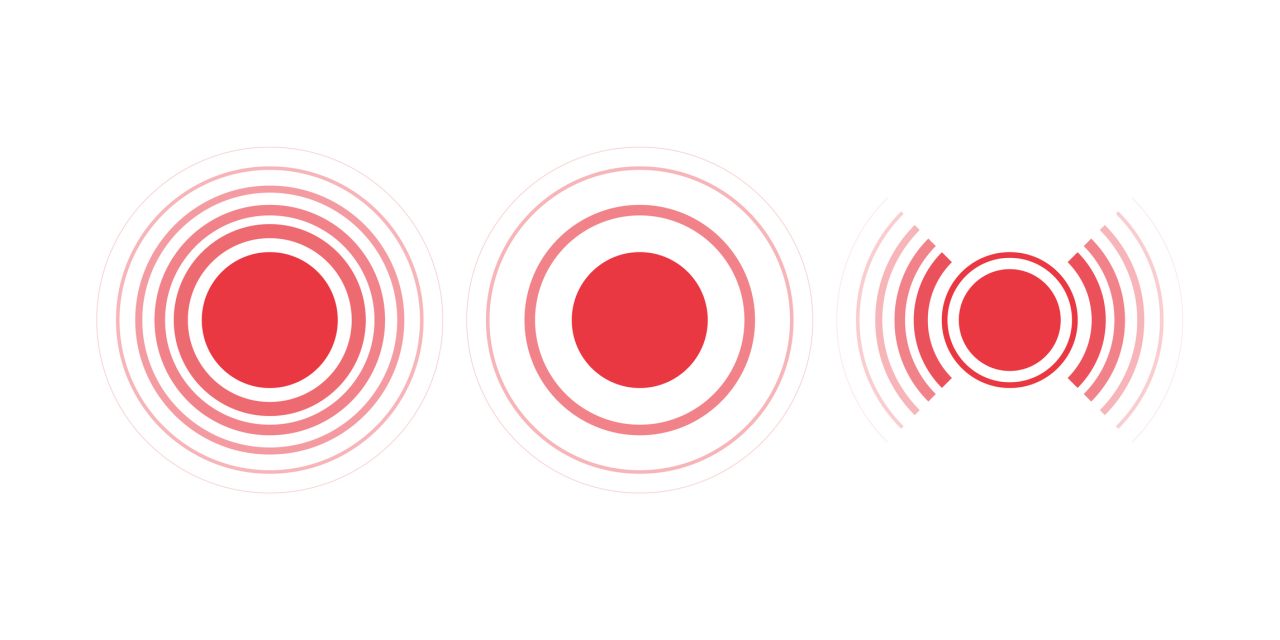Screen-based media use is prevalent in children and is associated with health risks. American Academy of Pediatrics (AAP) recommendations involve access to screens, frequency, content, and co-viewing. The aim of this study was to test the ScreenQ, a composite measure of screen-based media use.
ScreenQ is a 15-item parent report measure reflecting AAP recommendations. Range is 0-26, higher scores reflecting greater non-adherence. With no “gold standard” available, four validated measures of skills and parenting practices cited as influenced by overuse were applied as the external criteria, including expressive language, speed of processing, emergent literacy, and cognitive stimulation at home. Psychometric analyses involved Rasch methods and Spearman’s ρ correlations.
Sixty-nine families were administered ScreenQ. Child age ranged from 36 to 63 months old (52 ± 8; 35 girls). Mean ScreenQ score was 9.6 (±5.0; 1-22). Psychometric properties were strong (r = 0.74). ScreenQ scores were negatively correlated with CTOPP-2 (Comprehensive Test of Phonological Processing, Second Edition) (r = -0.57), EVT-2 (Expressive Vocabulary Test, Second Edition) (r = -0.45), GRTR (Get Ready to Read!) (r = -0.30) and StimQ-P (r = -0.42) scores (all p ≤ 0.01).
ScreenQ shows potential as a composite measure of screen-based media use in young children in the context of AAP recommendations. ScreenQ scores were correlated with lower executive, language and literacy skills, and less stimulating home cognitive environment.
A novel, composite measure of screen-based media use in young children (ScreenQ) and associations with parenting practices and cognitive abilities.


